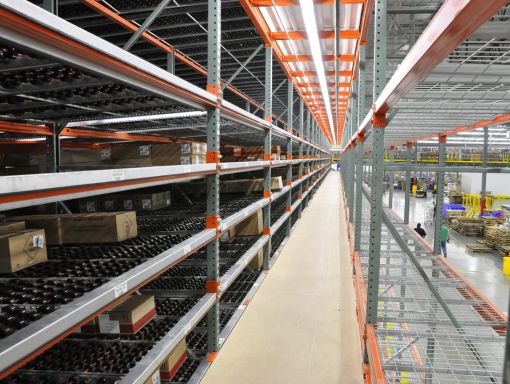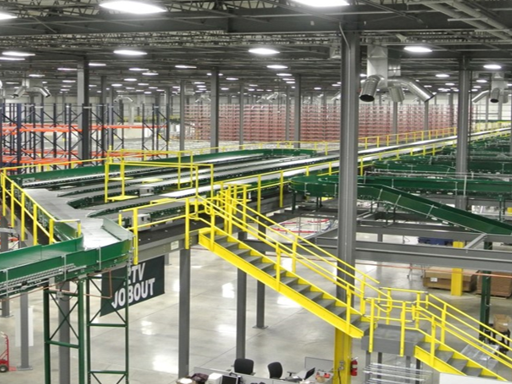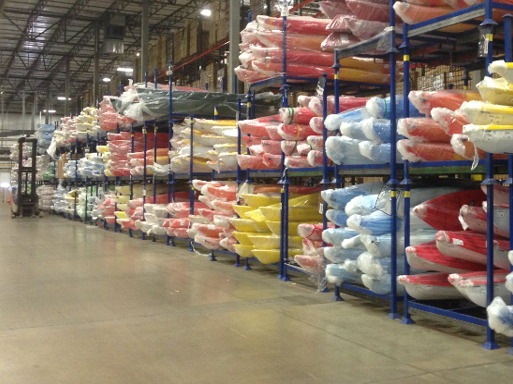Location: Bay Minette, AL
Before
Our client is a manufacturer/wholesaler that has seen massive growth in both unit sales and product lines, greatly driven by organic growth, the development of the ‘Magnolia Home by Joanna Gaines’ accessories and furniture lines, and the acquisition of an upholstered furniture manufacturer. Our client outgrew their single distribution center, located in Bay Minette, AL (southern Alabama), which served their national network. They were forced to seek both leased storage space and 3PL storage, shuttling product to and from the DC for fulfillment. The central DC was located adjacent to their original manufacturing plant, prior to most of the manufacturing operations being moved to Asia. Our client was seeking to also provide “the endless aisle” to eCommerce retailers which required an improvement in current service levels to distributors and direct-to-consumer fulfillment.
Results
The resulting network recommendation was to open a second DC and although the operating cost increased over the baseline, 1-DC model, the transportation savings more than offset this cost and showed a total savings of $6.2MM over the 4-year planning horizon. The recommended network also improved the service lead times to customers, reaching 93% within 2-day service vs. only 70% for the baseline model. As an additional and unexpected benefit, the client implemented a SKU rationalization initiative, due to the improved inventory visibility that emanated from the supply chain network modeling effort.
How We Did It
Our consulting team utilized a leading edge supply chain network optimization software tool to determine the optimal DC locations for various cost and service constraint options for our client. A validation of the Current State was performed of the existing network to establish a Baseline, including transportation costs, operating expenses and current service levels. Our client provided product data by cube utilization only because inventory was not being tracked on a unit level. Our systems team used our client’s SKU attributes to provide inventory tracking on a unit level to the client for the first time and in order to establish an accurate Baseline. We then modeled various Future State Options, including expanding the existing DC and opening additional DCs to address cost and service options. Considerations were made for business growth projections, capacity requirements, transportation costs, operating expenses, and required service levels. Additional value was provided to our client by taking the steps to model DC locations in regard to inbound transportation costs and backhaul revenue, in addition to the outbound transportation costs. Due to inbound product coming from overseas, analysis was provided of all inbound ports. Final recommendations were made utilizing a Decision Making Scoring Matrix, considering both quantitative and qualitative factors.





